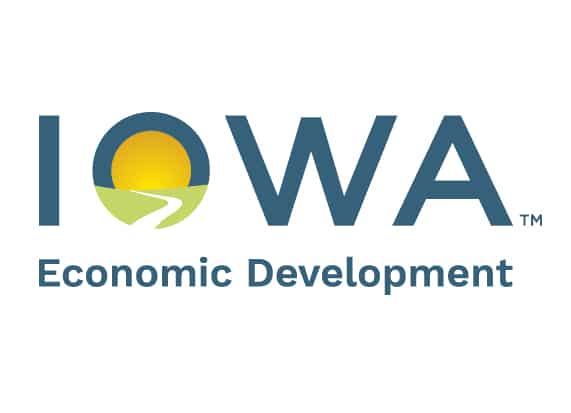Workers cautiously optimistic about the economy

As tax season winds down, American workers have cautious, but improved expectations about the economy, according to new research from Principal Financial Group Inc.
According to the Principal Financial Well-Being Index: American Workers, nearly half of Americans consider themselves financially healthy. Forty-four percent of workers are cautious about the economic outlook for 2015, while 34 percent — up 26 percent from this time last year — remain optimistic. Finally, 11 percent of workers describe themselves as pessimistic.
Still, among the two-thirds of American workers expecting a tax refund, more than half are choosing to save or invest it. A third plan to pay down or pay off short-term debt and another one-fifth are choosing to pay off or pay down long-term debt. Eighteen percent of American workers expecting a refund plan on using it to buy consumer products, up from 13 percent last year.
“Even while Americans express some uncertainty about the future of our economy, it’s reassuring to see that overall pessimism is down,” Luke Vandermillen, a Principal vice president. said in a release. “The economy would benefit from increased consumer spending, but it is encouraging to see Americans are making prudent decisions with their money.”
The lowest gasoline prices in nearly four years have also translated into tangible savings at the pump for American workers, the study said. Four in 10 are planning to use this extra money on regular expenses such as groceries, utilities or housing payments. About one-third plan on using the surplus to pay off debt, while 23 percent plan to put their gas surplus toward an emergency savings fund.
The Principal Financial Well-Being Index: American Workers surveyed more than 1,110 American workers working at small to midsized business across geographies and demographics. The index is part of a series of quarterly studies commissioned by The Principal Knowledge Center examining the financial well-being of American workers, business owners and adviser opinions and practice management.
See the full report online.








